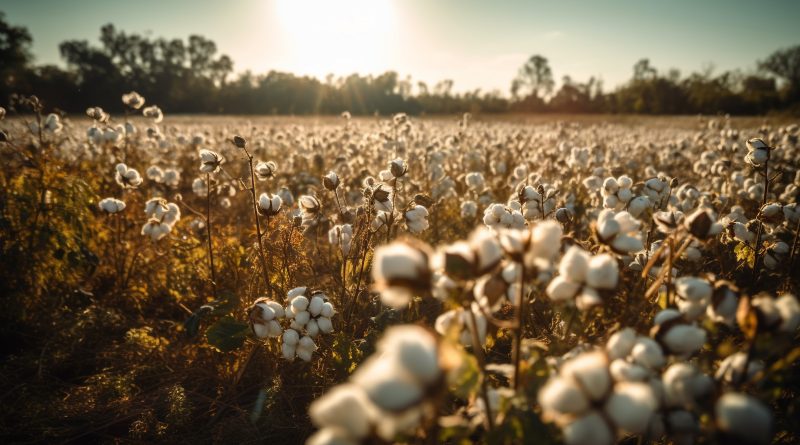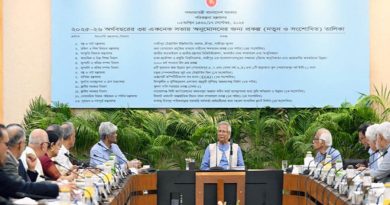India continues to be a preferred source of cotton and yarn for Bangladesh’s textile and apparel industry, thanks to its geographical proximity, lower freight costs, and the consistent availability of raw materials, according to industry insiders.
Despite recent developments offering potential incentives for sourcing from the United States, Bangladesh imported 19.4% of its total cotton needs from India in the fiscal year 2023–24, equivalent to US$684 million, according to data compiled by the Bangladesh Garment Manufacturers and Exporters Association (BGMEA) based on Bangladesh Bank statistics.
Bangladesh imported a total of US$3.52 billion worth of carded and combed cotton during FY24. After India, Brazil was the second-largest source with a 16.11% share (US$568 million), followed by Benin (12.03%, US$424 million), and the USA (10.12%, US$357 million). Other notable sources included Burkina Faso (8%), Australia (7.8%), Mali (7.01%), and Cameroon (6.94%). Cotton imports from China and Pakistan remained negligible at US$4 million and US$2 million, respectively.
However, industry leaders expect cotton imports from the United States to rise following the US government’s recent announcement of a conditional duty waiver on Bangladeshi garments. Under the new policy, garments made with at least 20% US-origin cotton may receive duty-free access to the American market.
Strategic Shift Expected
Commenting on the development, BGMEA President Mahmud Hasan Khan noted that while India currently dominates Bangladesh’s cotton imports, the US incentive is likely to influence sourcing patterns.
“Initially, we may see a reduction in cotton imports from Brazil, followed by Australia, India, and some African countries as local exporters adjust to qualify for the US duty waiver,” he said.
AK Azad, Managing Director of Ha-Meem Group, one of Bangladesh’s largest garment exporters, echoed the sentiment. He said US cotton imports are expected to rise despite higher costs due to superior quality and low wastage rates.
However, Mr Azad added that for specific needs, such as organic cotton, India remains the top source as other countries struggle to meet the demand.
Mixed Sourcing Strategies Emerge
Sayeed Ahmad Chowdhury, Director at Square Denim, said his company sources nearly 30% of its cotton from India due to quick delivery and cost efficiency. While the company has started diversifying its organic cotton sources—now also importing from Turkey—he noted that some woven items are not compatible with US cotton due to fibre limitations.
Team Group’s Deputy Managing Director, Abdullah Hil Nakib, also highlighted India and China as major sources for their cotton and yarn needs. He welcomed the US duty waiver but stressed the need for clarity on how the benefit will be applied to garments.
India Yarn Also Gaining Ground
Beyond cotton, Bangladeshi apparel makers are also increasingly sourcing yarn from India, largely due to rising domestic production costs and a cut in government incentives for local sourcing.
Former BKMEA President Fazlul Hoque said Indian yarn is often more cost-effective, especially with local producers facing high manufacturing costs due to inconsistent gas supply. He added that the price gap between imported and locally produced combed yarn has widened to as much as 40 cents per kilogram, making imports more attractive.
The US International Trade Commission (USITC) reported that Bangladesh imported US$2.9 billion worth of yarn in 2023, with 56% of the cotton used for yarn production coming from imports. Indian-origin cotton accounted for over 77% of that figure.
To address concerns from local millers, the government recently suspended yarn imports through land ports, a move aimed at protecting the domestic industry.






